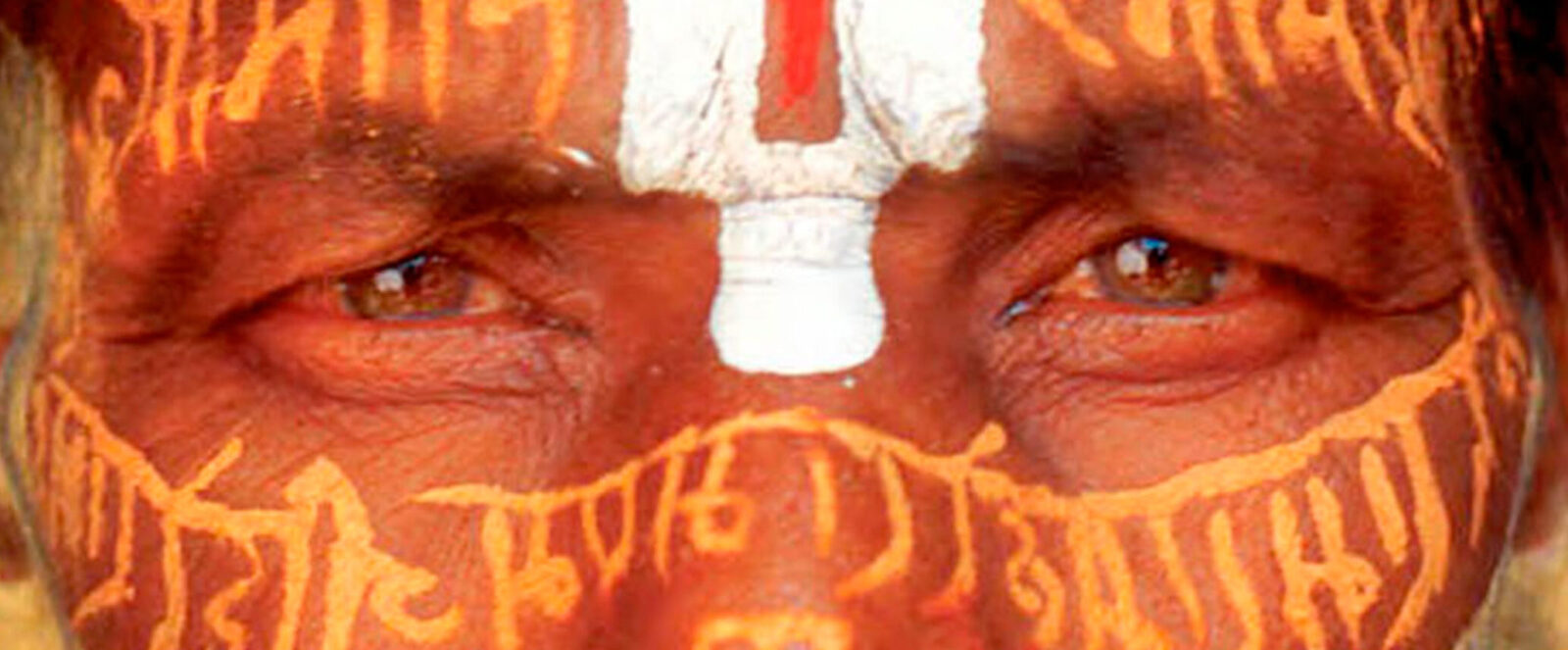Body LanguageThe Yogis of India and Nepal
Rubin Museum
150 W. 17th St., NYC

Sadhus, the vividly decorated or completely nude wandering ascetics of Hinduism, are the subject of striking photographs by Thomas Kelly in Body Language: The Yogis of India and Nepal. Enlightenment—liberation from the inherent suffering of worldly existence—is the ultimate goal in the Hindu religion. Sadhus renounce worldly life, earthly possessions, and social obligations in order to devote their lives entirely to religious practice and the quest for spiritual enlightenment, making them an important part of the Hindu cultures of South Asia.
